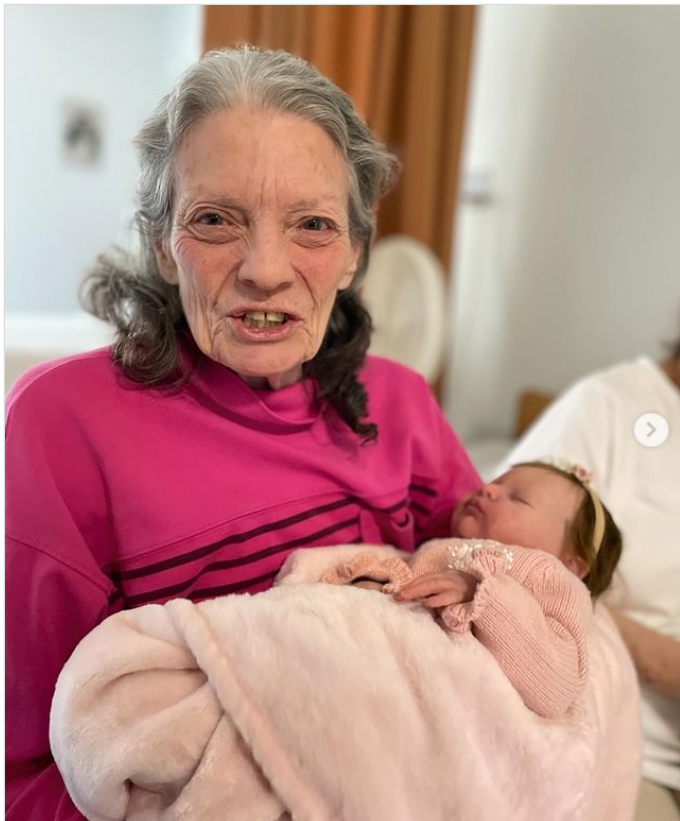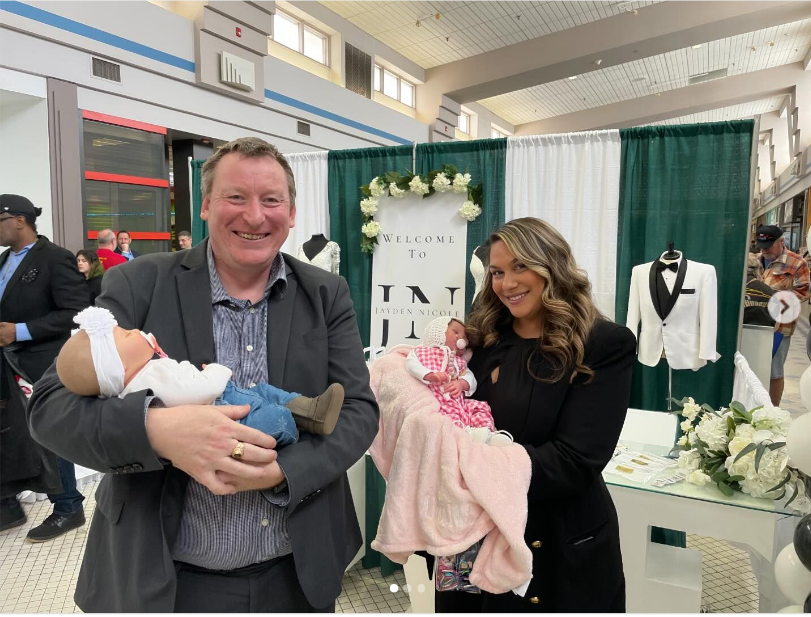“Reborn dolls”, not only lifelike, but overwhelmingly so, have been meticulously crafted to resemble human infants with such precision that they can evoke strong emotional responses from their owners. Some reborn dolls are even equipped with mechanisms that mimic breathing or heartbeats, further enhancing their lifelike qualities.
And that is precisely the point of their deceptively human appearance, to tap into the deepmost feelings of people in need of therapy, particularly for those with dementia. The dolls could also help those struggling with infertility or infant loss. Of course, for some doll collectors this is just another trophy to add to their collection, but today the “reborn doll” has taken on a mission that is much more vital than that.
Jaime Beebe began bringing her dolls to dementia patients at local facilities in 2017. “It’s amazing, because you have a lot of these people who can’t even tell you if they had breakfast that very morning,” the Connecticut resident, 47, says. “Yet here they are telling you how big their baby was 60 years ago. It’s incredible the memories that these dolls really can unlock for some of these people.”

What started out as volunteer work for Beebe became a business: She now brings her 32 babies, sometimes 8 at a time, to dementia patients across Connecticut and Massachusetts.
“Recently my mom and I visited Pauline, an old family friend who resides on a memory care unit due to Alzheimer’s … Pauline was overjoyed seeing ‘baby Natalia'”.
According to a 2022 study, “Doll therapy improves the emotional state of people with dementia, diminishes disruptive behaviors and promotes communication”.
It’s not only dementia patients that can benefit from the effects of the doll. Traci Knoppe, for example, has multiple chronic health conditions like severe osteoporosis and rheumatoid arthritis, as well as bipolar and general anxiety disorder, and finds great comfort cradling her “baby”. Knoppe has become a believer in the therapeutic effects of the “babies” and is spreading the word. Doll therapy may evoke nurturing behaviors and stimulate memories of early parenthood–for many, the happiest time of their lives. For infertile couples, it may provide a way to express and work through their feelings of loss, grief, or anxiety.
“When you hold a reborn, the realism in the artistry is one of the things that draws you,” she says. “Then they’re weighted like a real baby. So, when you’re holding them, you get that – it’s like that maternal instinct. And for me, that was comforting.”
Knoppe treats her dolls like children, taking them out in public and driving them around in car seats. “I don’t really say anything, but I’ve had people go ‘oh, isn’t that a cute little doll?’ and I said, ‘it’s actually a doll,'” she says. She uses it as an opportunity to educate people on the benefits the dolls bring.

A genuine “reborn doll” is not easy to come buy and it’s also not cheap. Knoppe suggests that you go directly to an artist. Each one comes with a certificate of authenticity with a number, she adds. Cost per doll varies. The average price is around $500 to $800 for a higher quality reborn doll. The most Beebe has spent is $1,600 on an individual doll. “The more realistic it looks, the more it’s going to cost,” Knoppe adds. The most expensive dolls are made of full body silicone, and those can cost up to $6,000 and even beyond that.
There are no other newborns in the animal kingdom that are as vulnerable as human babies, the principal reason the species survived over the millennia is because of our innate protective instincts.
“I’ve had (people) tear up in the middle of the store, because it brings back such sweet memories for them,” she says. “And when I explain how and why I have them and how they’re used, well it’s hard to argue against something that’s a therapy tool that helps people.”












